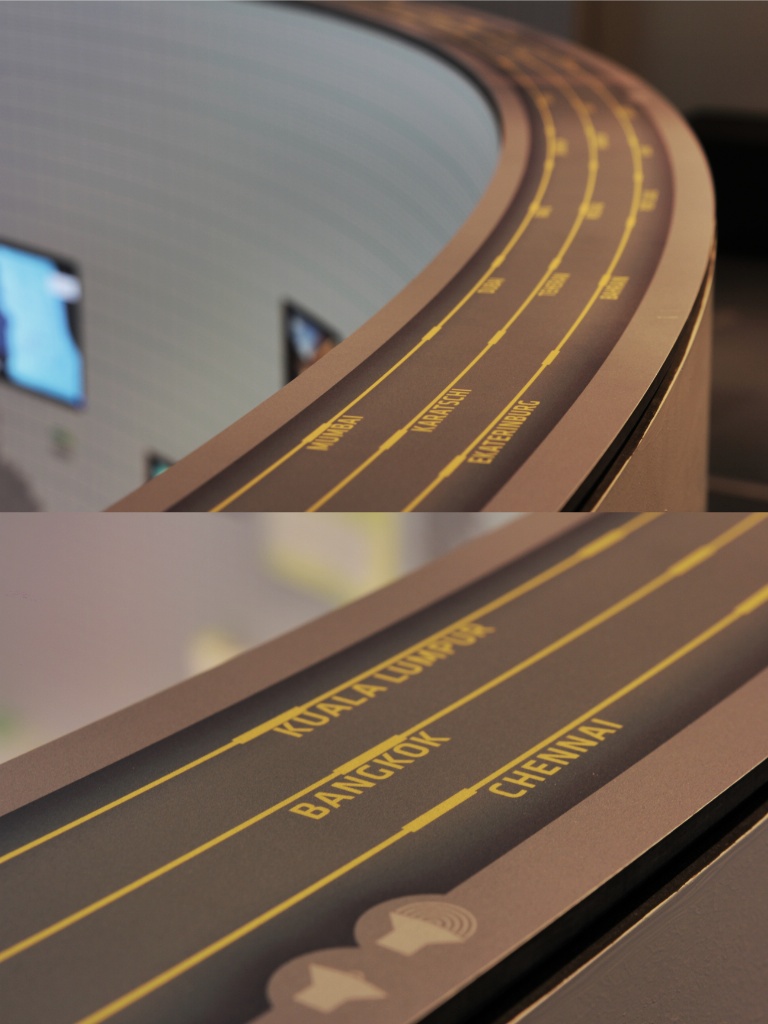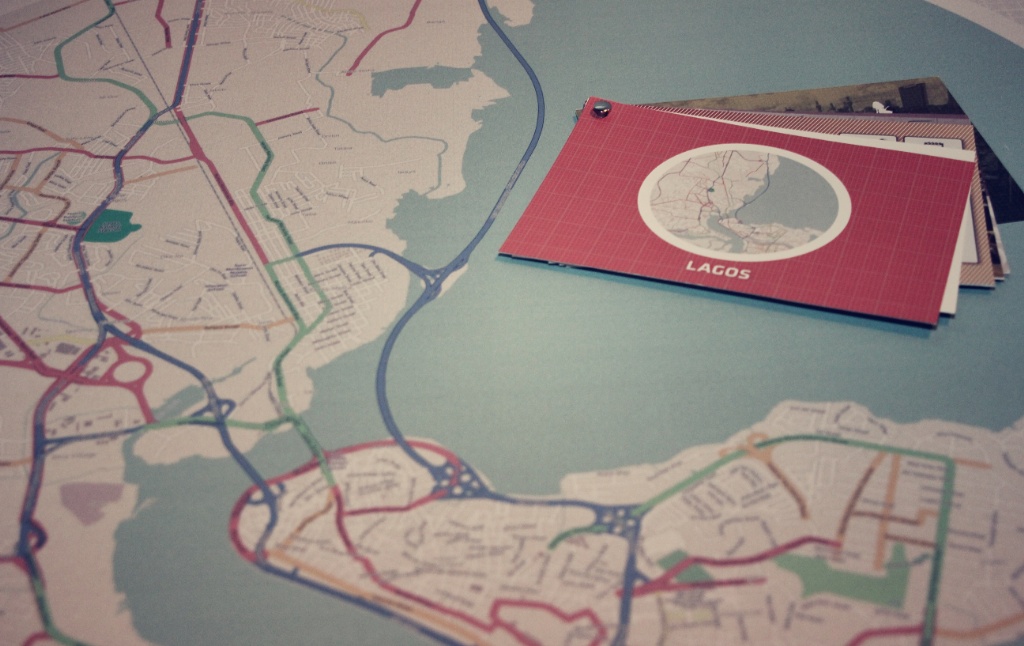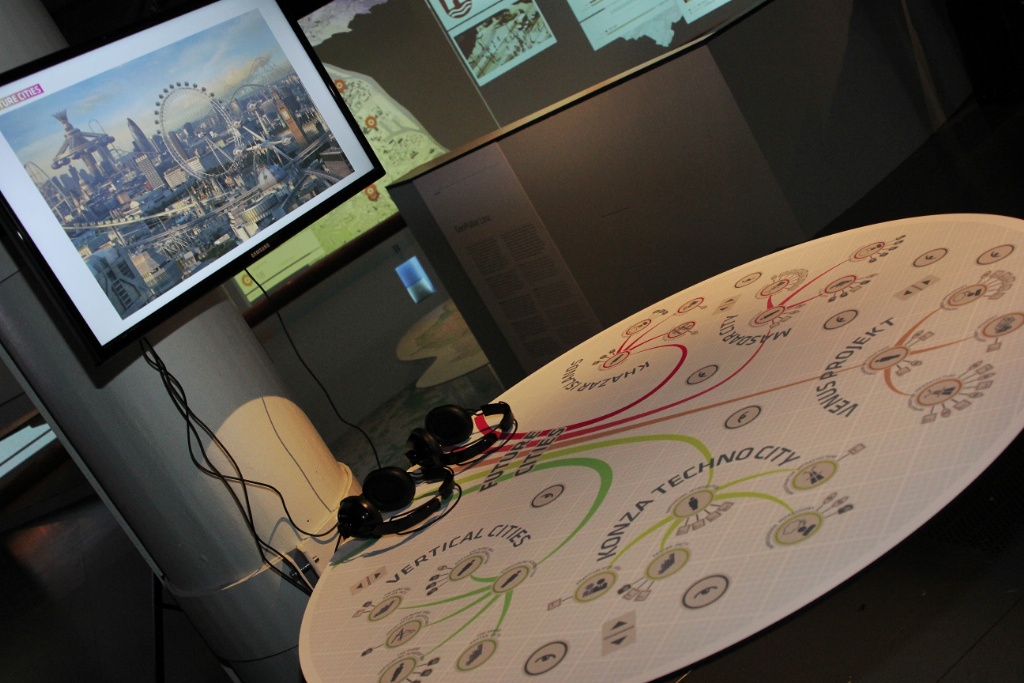The Earth, the basis of humankind’s very existence, will take the spotlight at the Ars Electronica Center beginning April 18th. Terrific new exhibits feature data, information, human beings and interrelationships. Geopulse, a gigantic interactive information graphic, and Deep Space are the high-definition settings in which to behold our Earth in a new light.
Geopulse
Geocity at the Ars Electronica Center already delivered cogent proof that stats don’t have to be boring (No Offense to any statisticians who might be reading these lines). When info is put in the right context, features a cool graphic design, and the user-friendliness is built in, you’re constantly confronted by new interconnections and interesting facts & circumstances, it’s totally easy to learn stuff worth knowing about the physical setting of your everyday life, and you don’t get the feeling your brain is being inundated by raw data.

GeoPulse expands your horizon to take in the whole world! Urban case studies include Beijing, New York and Lagos, as well as future cities that exist only on drawing boards at the moment. They illustrate how cities function, the diverse lifestyles of people living in them, and what effects population density & structure, traffic, climate and other factors can have on city dwellers’ ways of life. Installation visitors can embark on a journey of discovery to see the mistakes currently being made, how these errors can be corrected, and how cities will have to be designed in the future in order to respond to the challenges we’ll soon be facing.
There’s a radio where you can listen to different stations from all over the world

You can also take a close-up look at Linz and vicinity, and compare it with other metropolitan areas. This installation lets you get a glimpse of the history of this city and the surrounding province too, and makes it easy for you—all you do is browse through a book and the information is bundled on giant screens. There’s constantly new material coming to light. This is the kind of system that every classroom needs.
One station is dedicated to skyscrapers, the architectural icon of our age. Visitors can compare and contrast various high-rises—ones already standing, projects under construction, as well as residential & office towers still in the planning phase. You’ll see how these microcosms accommodating thousands of people function, and what impact they have on the city that surrounds each one.
Deep Space / Overview

A wide-ranging program of accompanying presentations will be screened in Deep Space. Breathtaking high-definition imagery in both 2-D and 3-D will showcase the world we live in.
Worldwind, a 3-D program developed by NASA, enables you to fly over the Earth and behold the incredible beauty of our planet in astounding detail. Or you can virtually board the International Space Station and do a quick orbit accompanied by the music of Sigur Ros. And when you’re ready to return to Earth, one option is the direct route: experiencing Austrian daredevil Felix Baumgartner’s record-setting space jump in 3-D.
[youtube http://www.youtube.com/watch?v=ONaPq2L-MRg&w=560&h=315]
Back on good ol’ terra firma, you can chat up DORIS, Upper Austria’s digital spatial information system, and experience this province from a brand-new perspective. A laser procedure was used to scan the entire region with pinpoint accuracy. Among the findings it brought to light are bomb craters, ancient fortifications and all sorts of prehistoric relics no longer evident to the casual observer’s naked eye.

Plus, Ars Electronica is now collaborating with Miraikan, Japan’s largest technology center. The centerpiece: Geo-Cosmos, a 7-meter, LED-studded globe that can be played like a computer monitor. The aim: transferring it to Deep Space. To accomplish this, Ars Electronica Futurelab staffers have been given access to its databank and development tools in order to bring to Linz the fascinating data visualizations created at the Miraikan. And this joint venture isn’t a one-way street either—just like content for Deep Space can be developed in Japan, Ars Electronica is sending data to Miraikan, where it can be visualized in real time on the Geo-Cosmos. This project is thus a matter of long-term networking that will be yielding fascinating insights and Aha! effects for some time to come.
Maholo Uchida, Curator of Miraikan and Prix-Judge 2013

“In Touch with the Earth” premieres on April 18 at 7 PM. Everybody’s invited to stop by and see what’s new. Gerfried Stocker, Miraikan’s Maholo Uchida (who’s also serving as a 2013 Prix juror) and Thomas Ebert from DORIS will also be on hand. The grand finale at 9:30 is a Spaxel flight. View this video to whet your appetite.
[youtube http://www.youtube.com/watch?v=COdkA5-ideA&w=560&h=315]

